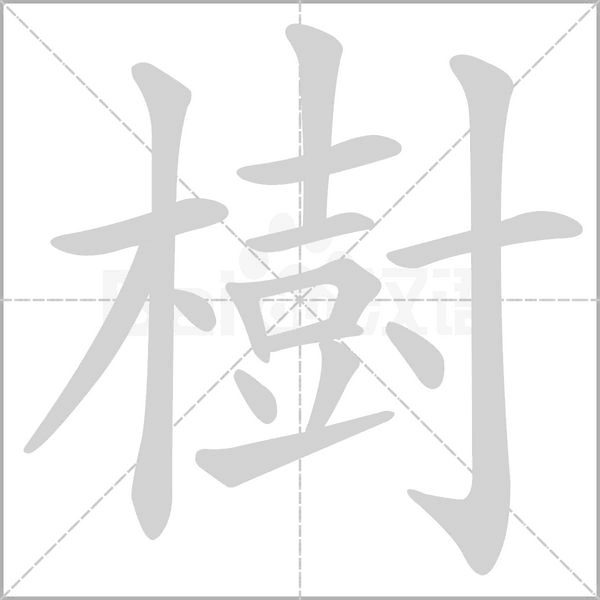Quick link:
節日/节日、傳統/传统、春節/春节、邀請/邀请、參加/参加、包餃子/包饺子、重視/重视、不論/不论、東亞系/东亚系、唱歌、跳舞、熱鬧/热闹、節目/节目、犯愁、表演、終於/终于、根據/根据、農曆/农历、陰曆/阴历、陽曆/阳历、既然、非常、左右、除夕、食品、一隻鳥/一只鸟、老婆、老公、怕、一首歌、壞/坏、擠/挤、耳朵、勺子、一雙手/一双手、咱們/咱们、年夜飯/年夜饭、樹/树
節日/节日 [jiérì] N. holiday. 我最喜歡的節日是春節/我最喜欢的节日是春节。My favorite holiday is the Spring Festival.
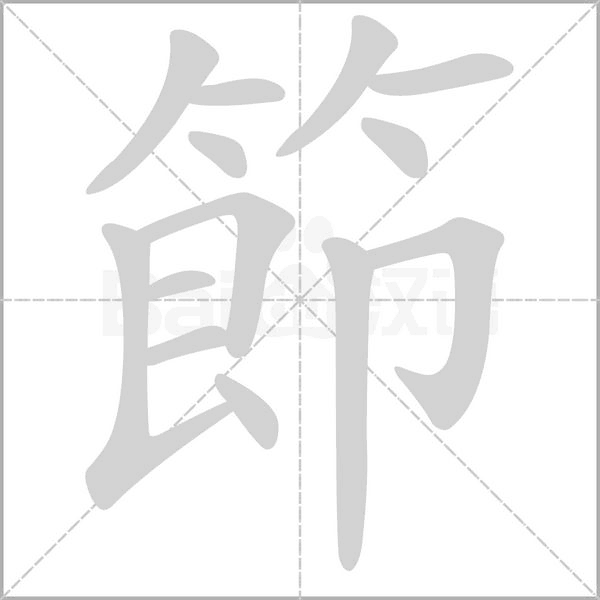
jié: festival
radical: 竹 (zhú: bamboo)

rì: sun, day, daytime, time
radical: 日
傳統/传统 [chuántǒng] Adj. traditional. 春節是中國的傳統節日/春节是中国的传统节日。The Spring Festival is a traditional Chinese holiday.
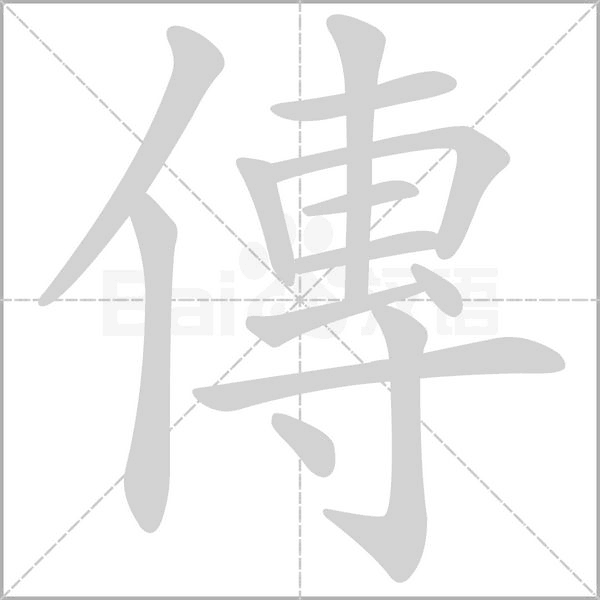
chuán: pass; pass on; hand down; spread
radical: 亻(rén: person)
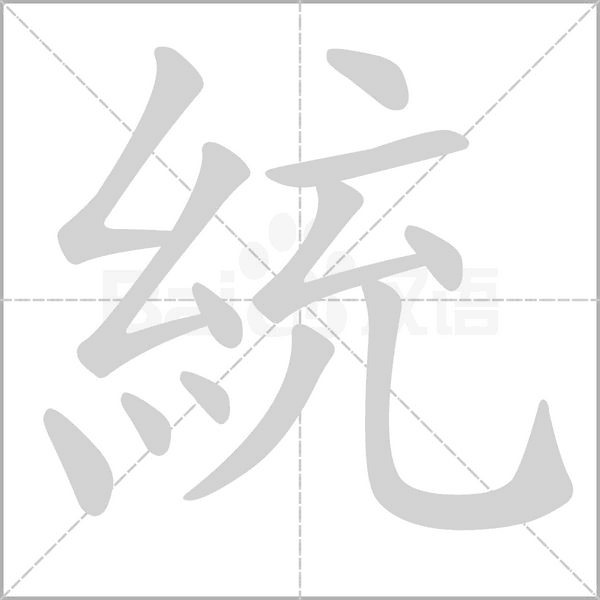
tǒng: interconnected system
radical: 糸 (sī: A bunch of silk)
春節/春节 [chūnjié] N. spring festival. 我想春節的時候去北京/我想春节的时候去北京。I want to go to Beijing during the Spring Festival.

chūn: spring
radical: 日 (rì: sun)
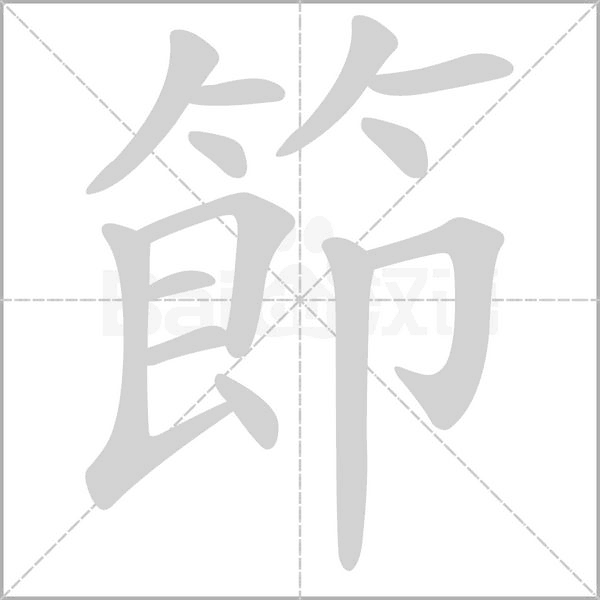
jié: festival
radical: 竹 (zhú: bamboo)
邀請/邀请 [yāoqǐng] V. to invite. 我想邀請你來我的生日派對/我想邀请你来我的生日派对。I want to invite you to my birthday party.

yāo: invite; request
radical: 辶 (chuò: walk)

qǐng: invite; engage; request; ask; entertain
radical: 言 (yán: language)
參加/参加 [cānjiā] V. to take part in. 你想不想參加今晚的派對?/你想不想参加今晚的派对?Do you want to take part in tonight’s party?
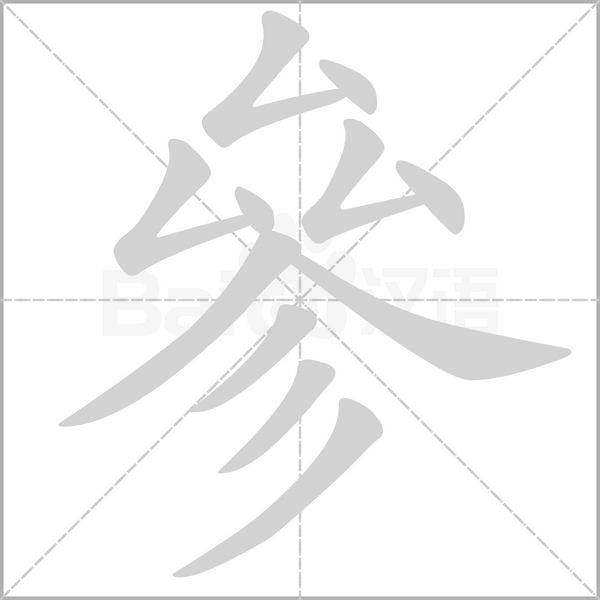
cān: join; enter; take part in; refer; consult
radical: 厶、彡
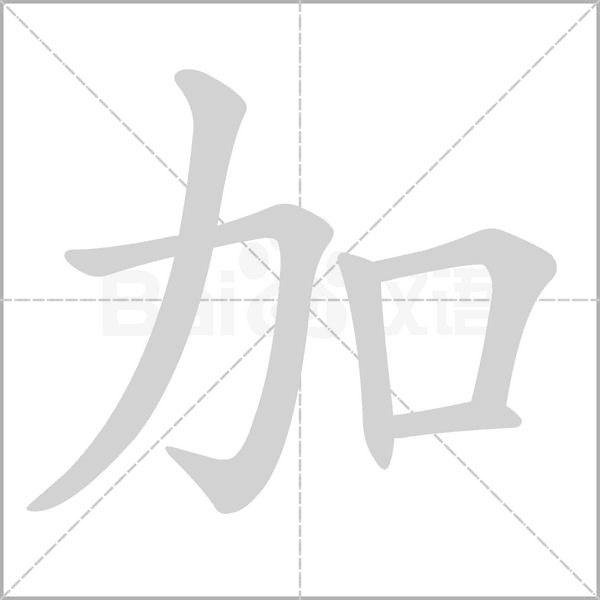
jiā: add; plus; increase; put in
radical: 力 (lì: power; strength; ability)
包餃子/包饺子 [bāo jiaozi] V-O. make dumplings. 你會包餃子嗎?/你会包饺子吗?Can you make dumplings?
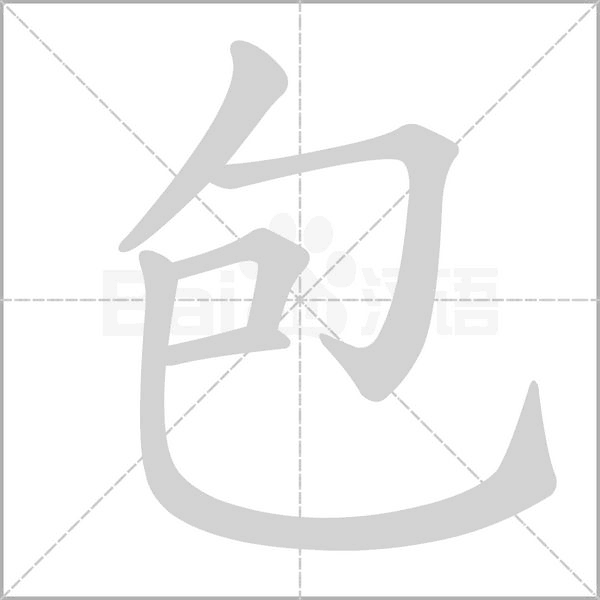
bāo: wrap; surround; include
radical: 勹
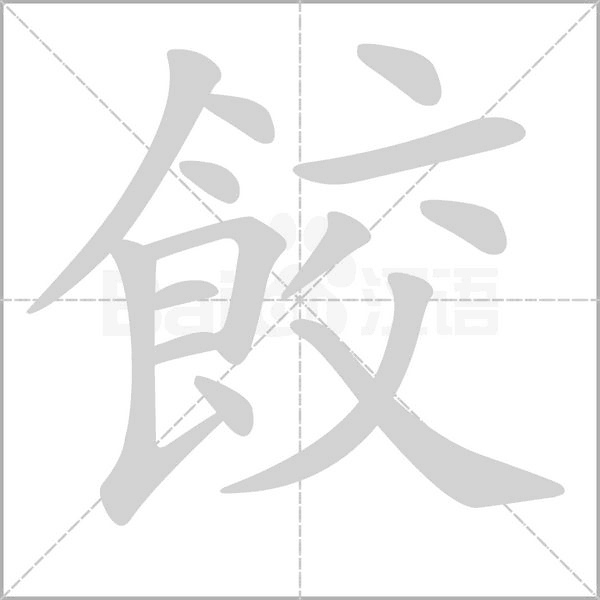
jiǎo: dumpling
radical: 食 (shí: food)
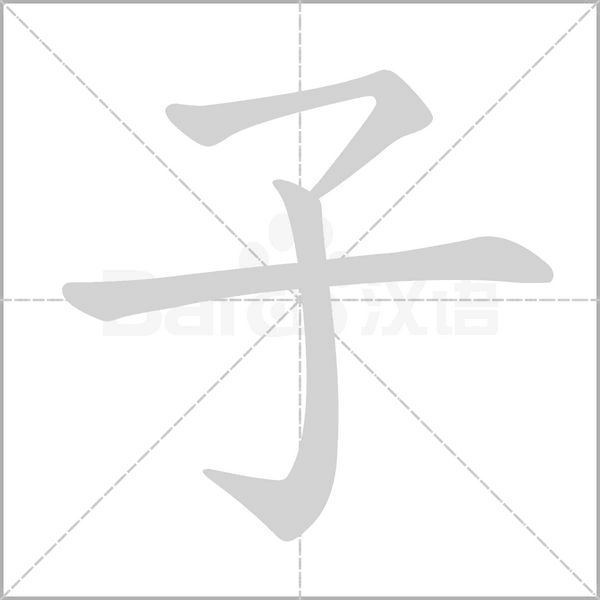
zi: A noun suffix with no independent meaning, used to form disyllabic words.
radical: 子
In Chinese, the character “子” (zi) often serves as a neutral-toned suffix to convert monosyllabic words into more rhythmically balanced disyllabic words (e.g., “句” → “句子” /jùzi/, “sentence”).
重視/重视 [zhòng.shì] V. pay special attention to (formal). 中國人很重視傳統節日/中国人很重视传统节日。Chinese people value traditional festivals.
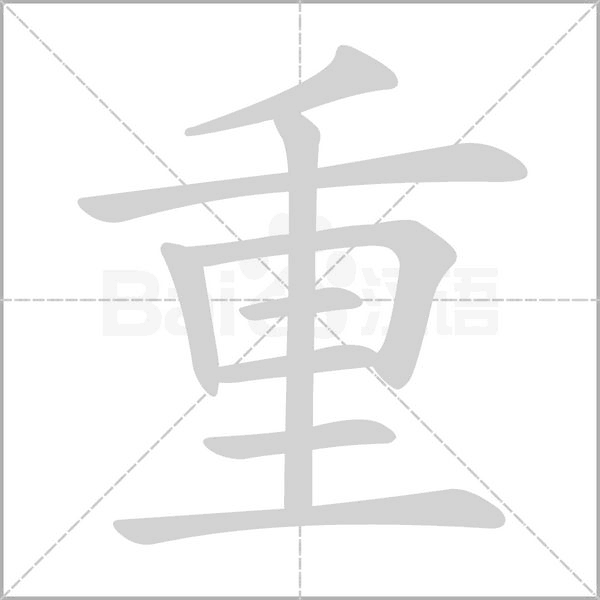
zhòng: place value upon; attach importance to
radical: 丿、里

shì: look at; regard; inspect
radical: 礻、見
不論/不论 [búlùn] Adv. no matter. 不論天氣好不好,我們都要去上課。/不论天气好不好,我们都要去上课。No matter whether the weather is good or not, we still have to go to class.
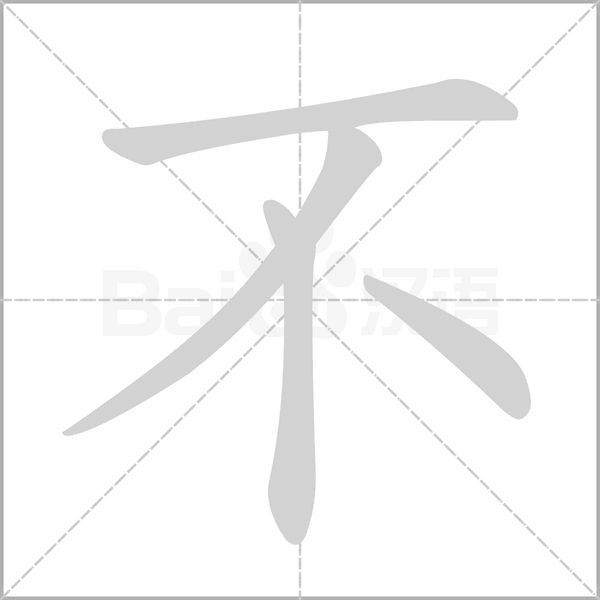
bù: no; not; don’t
radical: 不

lùn: discuss; argue; consider
radical: 言 (yán: language)
東亞系/东亚系 [dōngyà xì] NP. department of East Asian (Studies). 我想唸東亞係/我想念东亚系。I want to study in the East Asian Department.
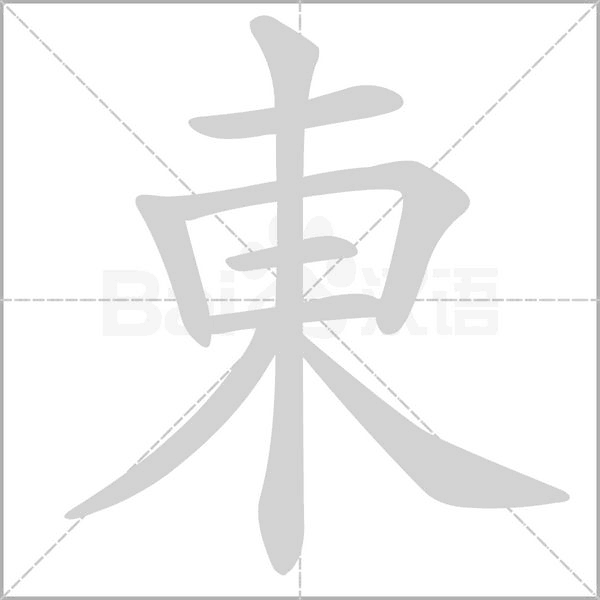
dōng: east
radical: 一

Chinese Studies Classroom: One interpretation of this character is that “東” looks like the sun (日) rising among trees (木), symbolizing the sun just rising. The direction where the sun rises is the east.
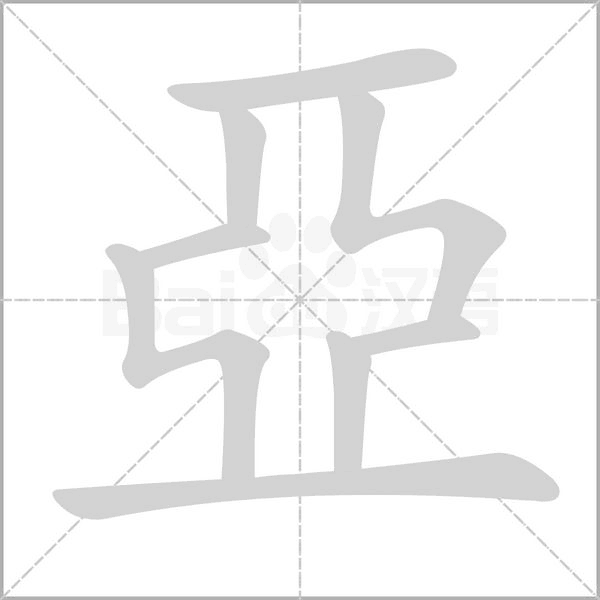
yà: Asia
radical: 一
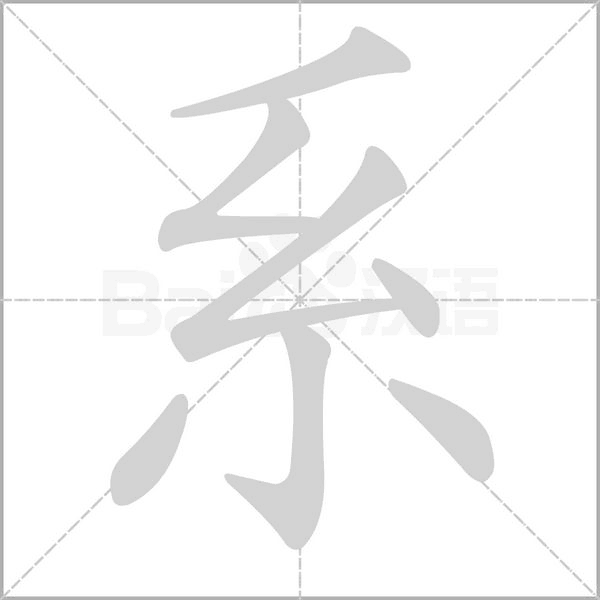
xì: department
radical: 丿、糸
唱歌 [chànggē] V-O to sing. 你唱歌唱得怎麼樣?/ 你唱歌唱得怎么样?How well do you sing?
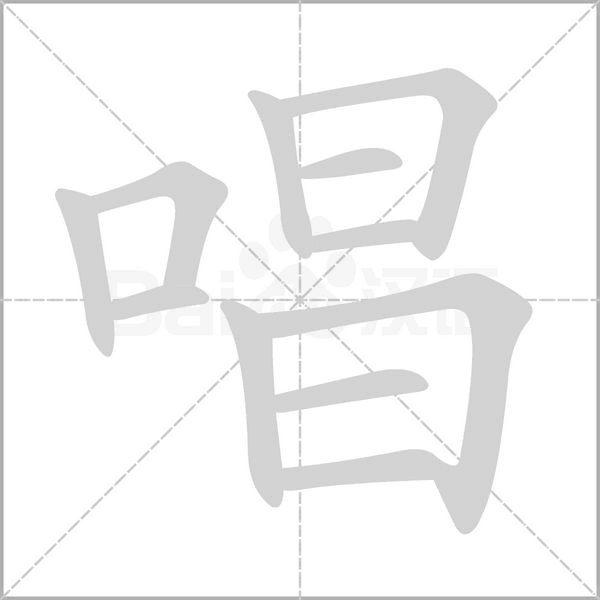
chàng: sing
radical: 口 (kǒu: mouth)
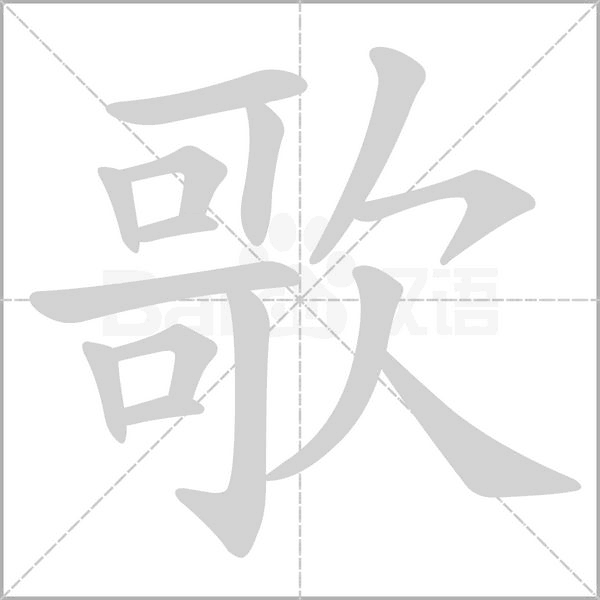
gē: song
radical: 欠
跳舞 [tiàowǔ] V-O to dance. 你跳舞調的怎麼樣?/ 你跳舞跳得怎么样?How well do you dance?

tiào: jump
radical: 足 (zú: food)
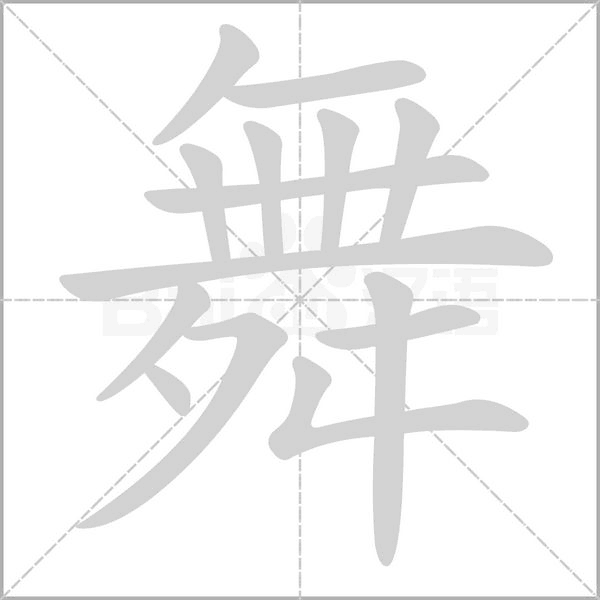
wǔ: dance
radical: 夕
熱鬧/热闹 [rè .nào] Adj. lively and noisy. 我們去找一個熱鬧的地方吧/我们去找一个热闹的地方吧。Let’s go find a lively place.
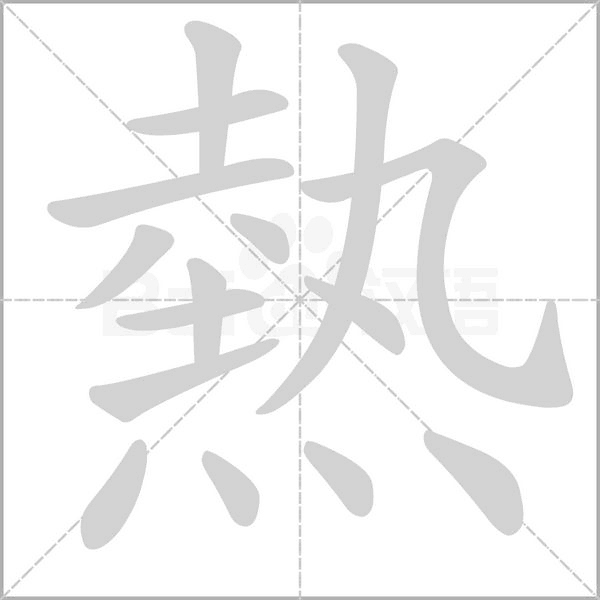
rè: hot
radical: 灬 (fire)
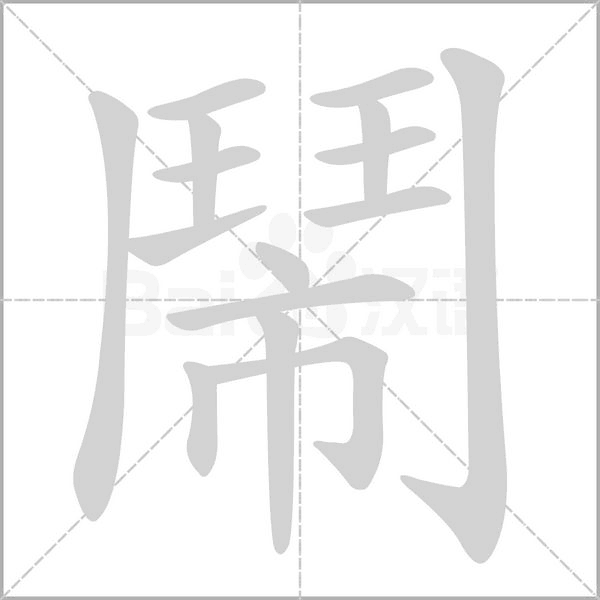
nào: noisy; make a noise
radical: 門 (mén: door)
節目/节目 [jiémù] N. show; program. 這個電視節目不錯/这个电视节目不错。This TV show is good.
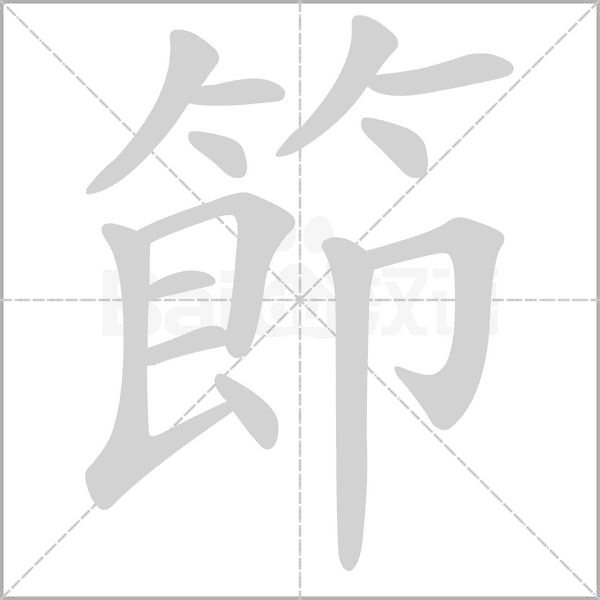
jié: program; item
radical: 竹 (zhú: bamboo)

mù: eye
radical: 目
犯愁 [fànchóu] Adj. worried. 明天的考試讓我犯愁/明天的考试让我犯愁。The exam tomorrow is giving me trouble.
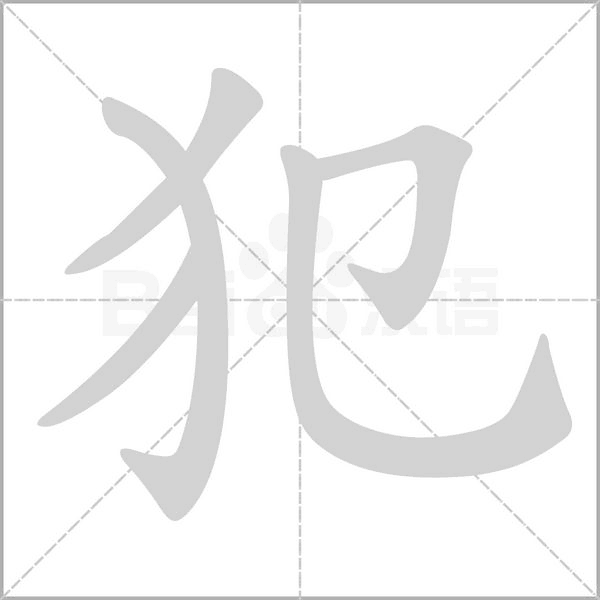
fàn: go against; work against; flare up
radical: 犭
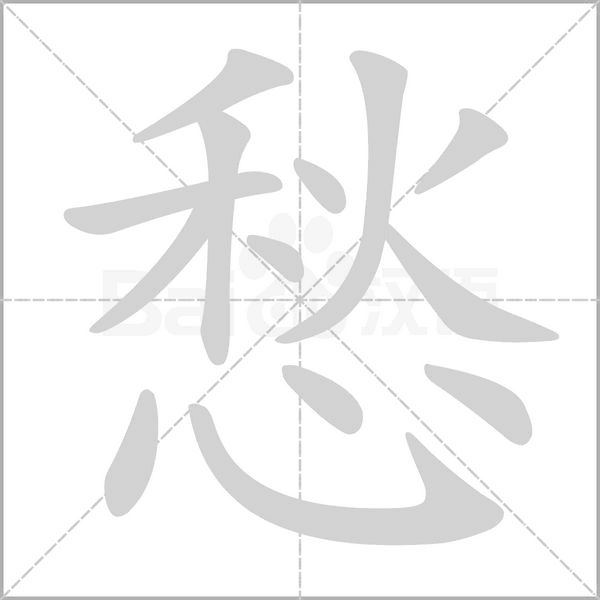
chóu: worry; be anxious; sorrow; sad
radical: 心 (xīn: heart)
表演 [biǎoyǎn] V./N. to perform. 我想表演一個節目/我想表演一個節目。I want to perform a program.
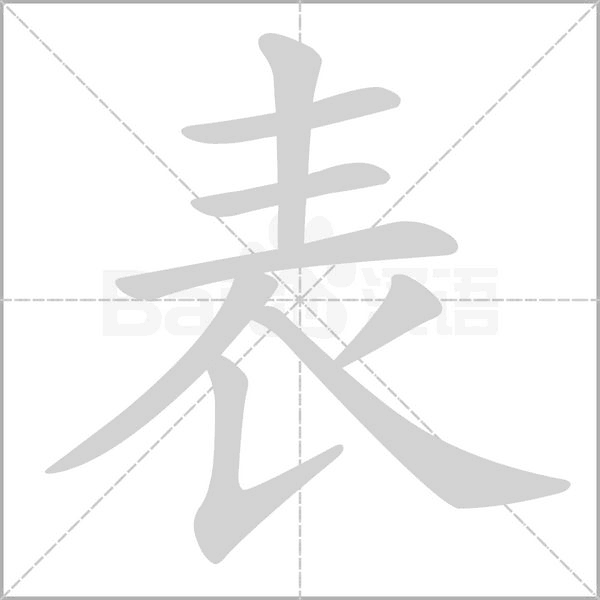
biǎo: show; manifest; express
radical: 一

yǎn: develop; evolve; perform; play; act
radical: 氵(shuǐ: water)
終於/终于 [zhōngyú] Adv. finally. 我終於寫完了/我终于写完了。I finally finished writing.
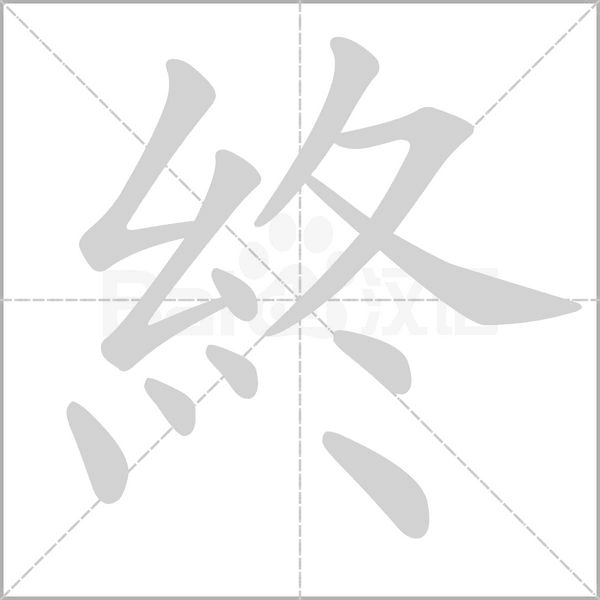
zhōng: end; ending; finish
radical: 糸 (sī: A bunch of silk)
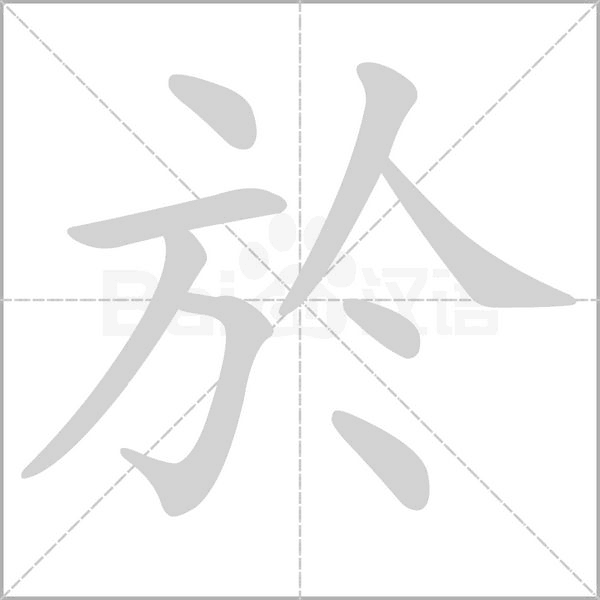
yú: A prepositions indicate time, place, scope, direction of action, etc
radical: 方
根據/根据 [gēnjù] Prep. according to. 春節是根據農曆計算的。/ 春节是根据农历计算的。The Spring Festival is calculated based on the lunisolar Calendar.
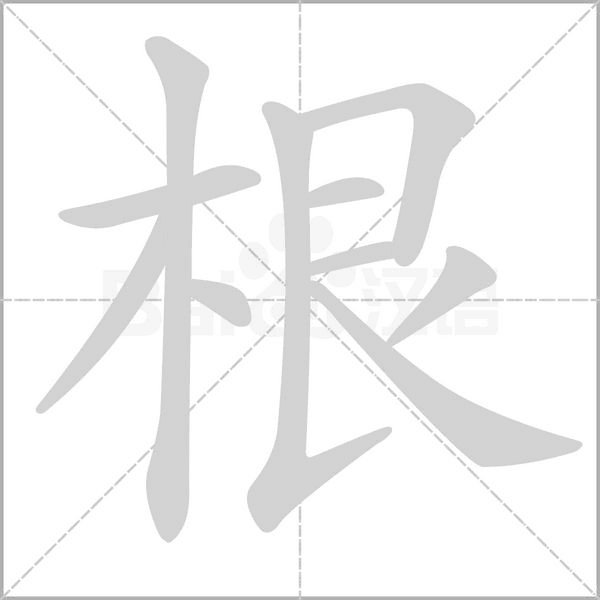
gēn: root (of a plant); base; foot
radical: 木 (mù: tree)
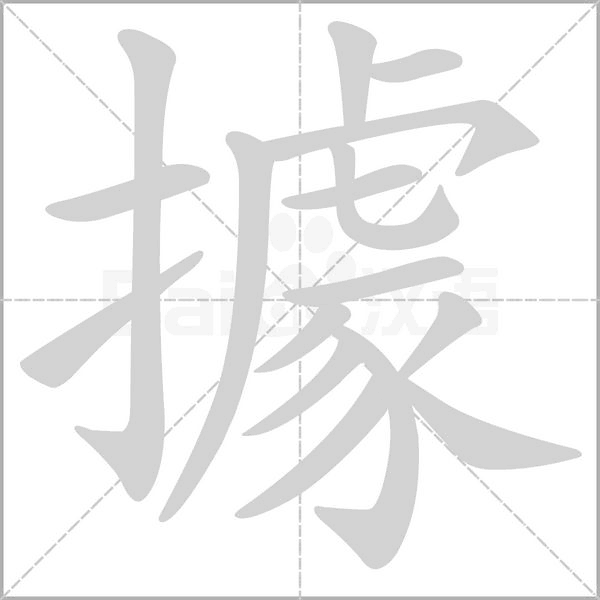
jù: rely on; depend on; according to
radical: 扌(hand)
農曆/农历 [nónglì] N. Chinese calendar, lunisolar Calendar. 春節是根據農曆計算的。/ 春节是根据农历计算的。The Spring Festival is calculated based on the lunisolar Calendar.
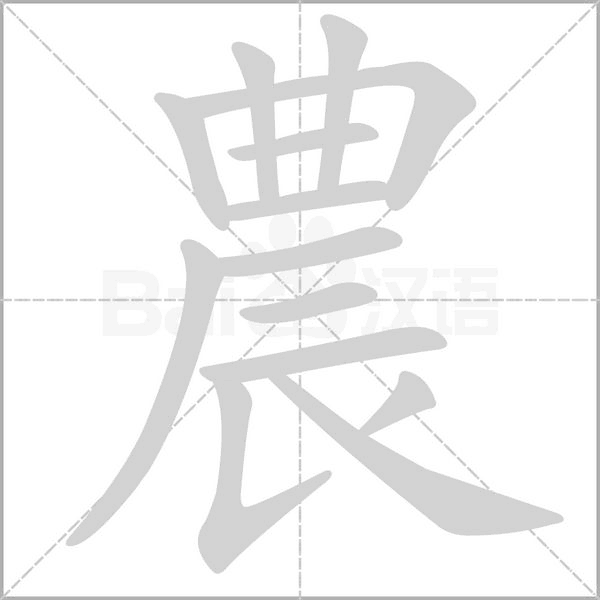
nóng: agriculture; farming
radical: 丶,冖
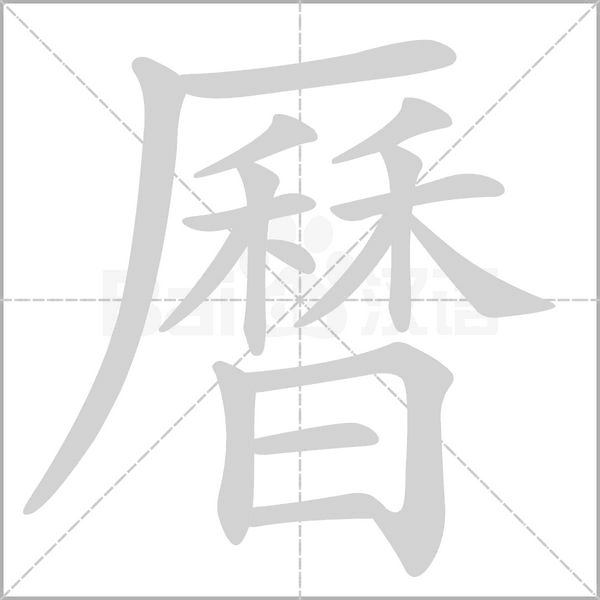
lì: calendar; experience
radical: 厂
陰曆/阴历 [yīnlì] N. lunar calendar.
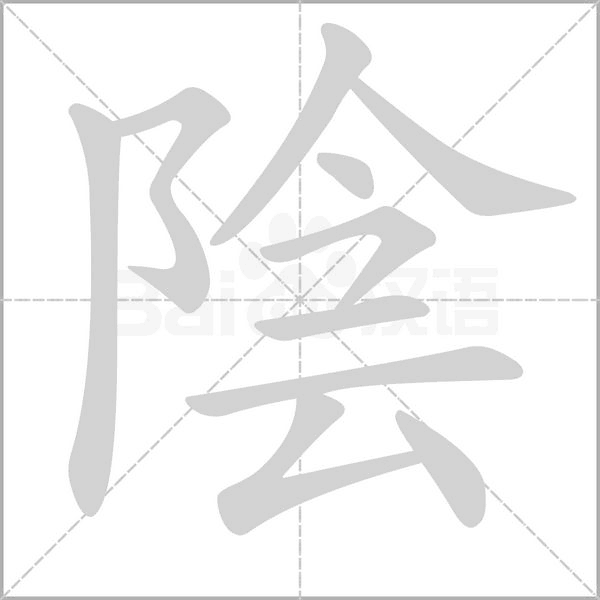
yīn: shady place; shade
radical: 阝

Chinese Studies Classroom: The radical “阝” can appear on either the left or the right side of a Chinese character. When it is on the left, it is derived from the character “阜” (fù). The original meaning of “阜” is a hill, so when “阝” appears on the left side of a character, the character’s meaning is often related to mountains or terrain, such as “險/险” (xiǎn, dangerous), “陰/阴” (yīn, shade), and “陽/阳” (yáng, sun).

Chinese Studies Classroom: The radical “阝” can appear on either the left or the right side of a Chinese character. When it is on the right side, it is derived from the character “邑” (yì), which is associated with cities. Therefore, when this radical appears on the right side, the character’s meaning is often related to towns or place names, such as “都” (dū, capital), “郊” (jiāo, suburb), “邦” (bāng, state).
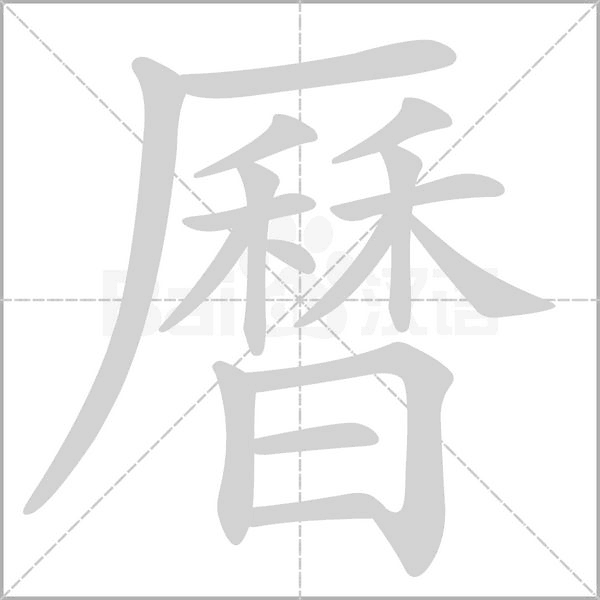
lì: calendar; experience
radical: 厂
陽曆/阳历 [yánglì] N. solar calendar.
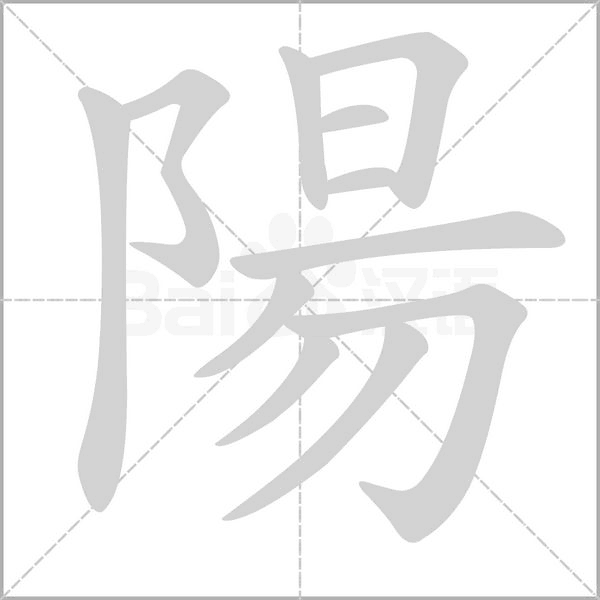
yáng: sun
radical: 阝

Chinese Studies Classroom: The radical “阝” can appear on either the left or the right side of a Chinese character. When it is on the left, it is derived from the character “阜” (fù). The original meaning of “阜” is a hill, so when “阝” appears on the left side of a character, the character’s meaning is often related to mountains or terrain, such as “險/险” (xiǎn, dangerous), “陰/阴” (yīn, shade), and “陽/阳” (yáng, sun).

Chinese Studies Classroom: The radical “阝” can appear on either the left or the right side of a Chinese character. When it is on the right side, it is derived from the character “邑” (yì), which is associated with cities. Therefore, when this radical appears on the right side, the character’s meaning is often related to towns or place names, such as “都” (dū, capital), “郊” (jiāo, suburb), “邦” (bāng, state).
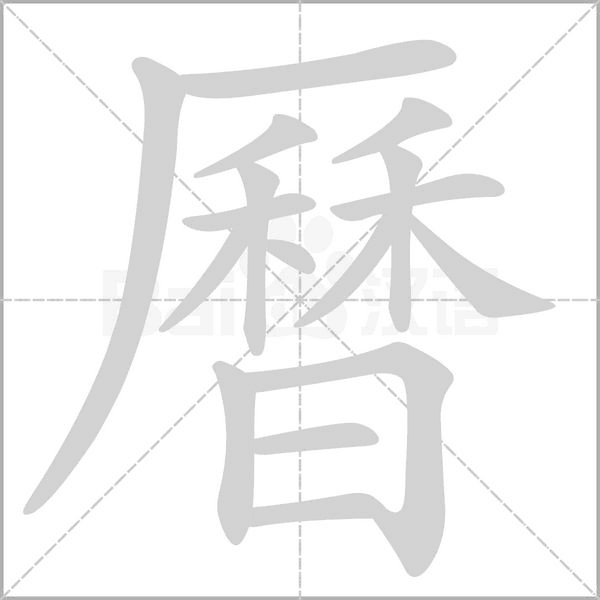
lì: calendar; experience
radical: 厂
既然/既然 [jìrán] Conj./Adv. since, now that. 既然你不舒服,那我們就不去了。/ 既然你不舒服,那我们就不去了。Since you’re not feeling well, we won’t go.
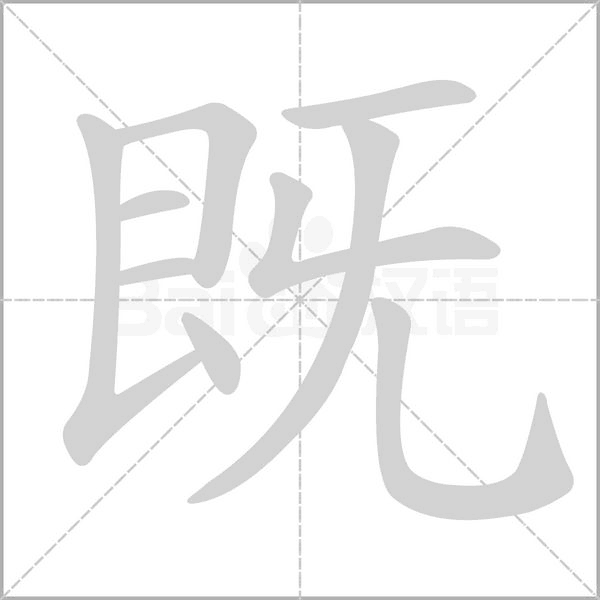
jì: already; since; as
radical: 旡

Chinese Studies Classroom: In oracle bone script, the left side of this character looks like a bowl of food on a table, while the right side resembles a person turning their head away after finishing eating. It signifies that something has been completed.

rán: so; like that
radical: 灬
非常 [fēicháng] Adv. especially. 我非常喜歡他。/ 我非常喜欢他。I like him very much.
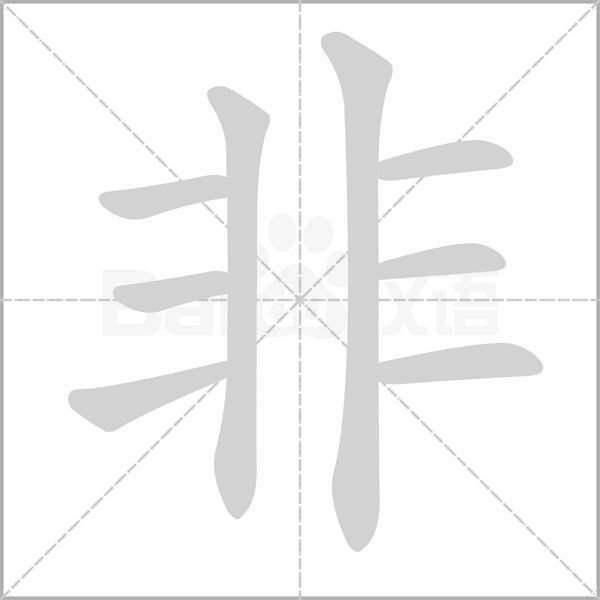
fēi: [Prefix] (indicating negation or not belonging to a certain scope) un-; non-; in-; il-; ir-; im-
radical: 非
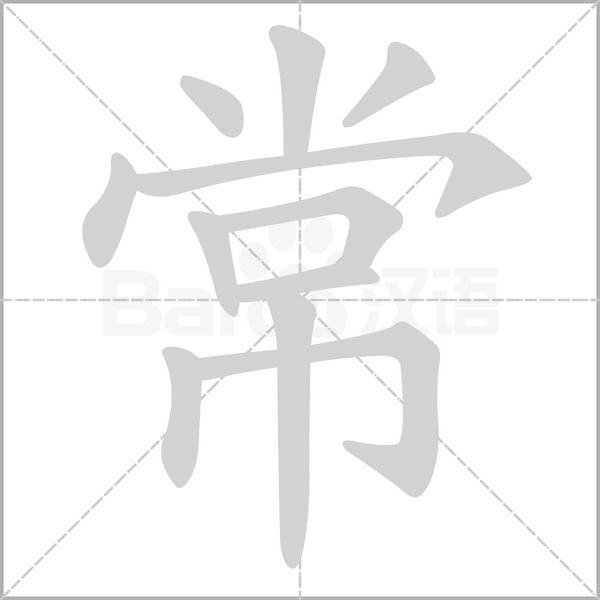
cháng: ordinary; common; normal
radical: 巾
左右 [zuǒyòu] or so. 我11點左右睡覺。/ 我11点左右睡觉。I go to bed around 11 o’clock.
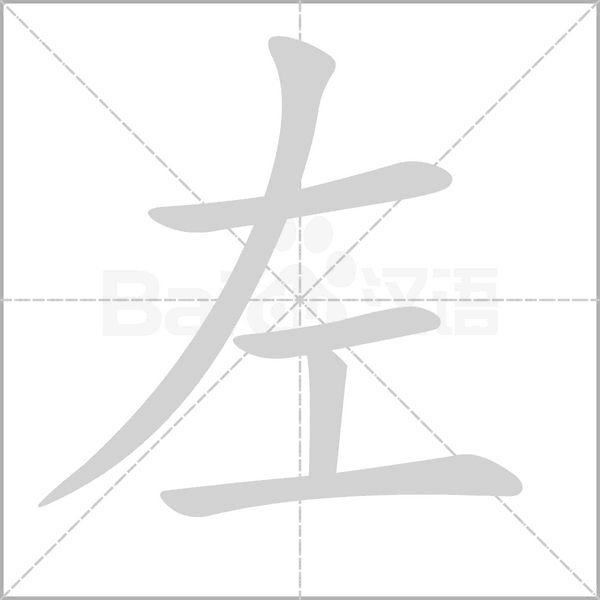
zuǒ: left
radical: 工
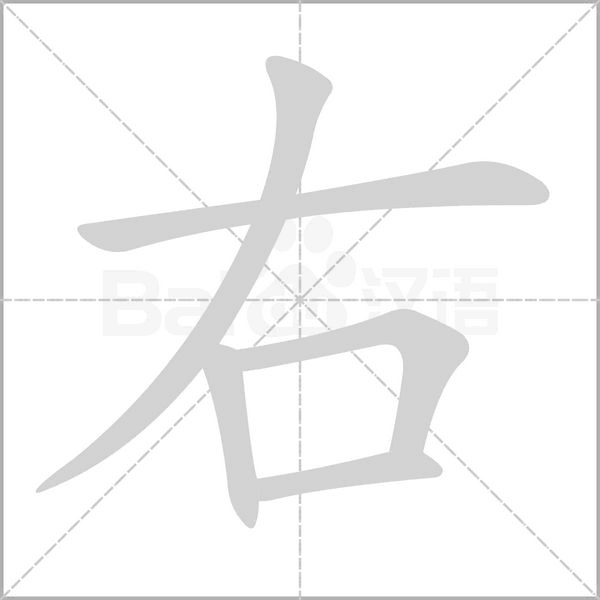
yòu: right
radical: 口
除夕 [chúxī] N. New Year’s Eve. 除夕你們想吃什麼?/ 除夕你们想吃什么?What do you want to eat on New Year’s Eve?
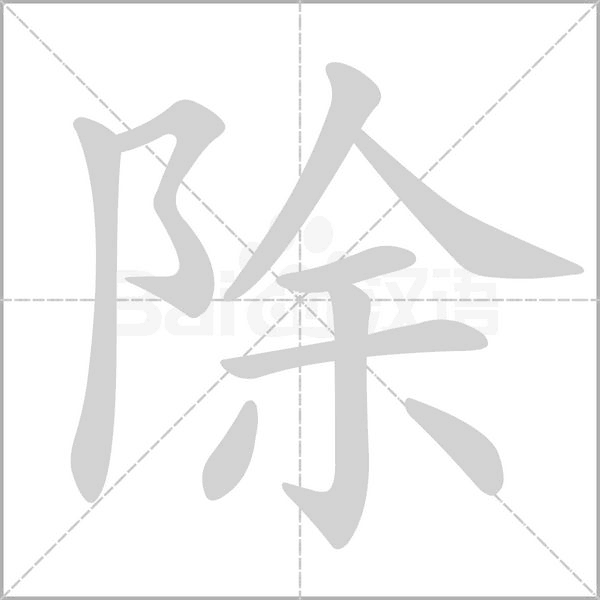
chú: remove; divide
radical: 阝

xī: sunset; evening
radical: 夕
食品 [shípǐn] N. food. 我很喜歡中國的傳統食品。/ 我很喜欢中国的传统食品。I really like traditional Chinese food.
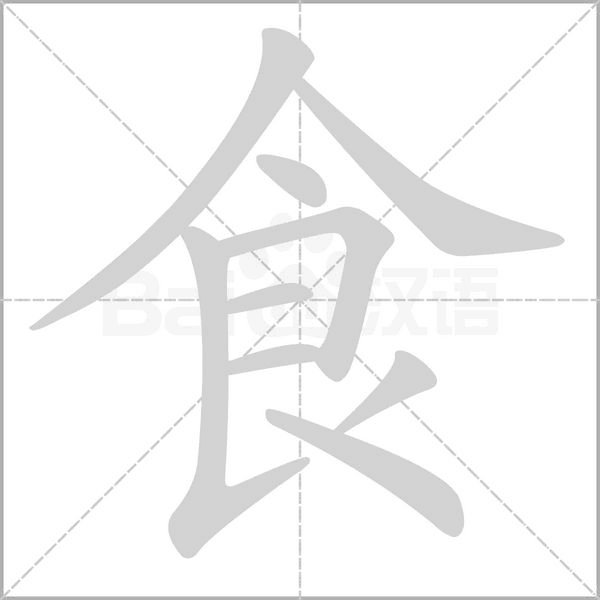
shí: food
radical: 食

pǐn: article; product
radical: 口
一隻鳥/一只鸟 [yìzhī niǎo] NP. a bird. 我養了一隻鳥。/ 我养了一只鸟。I have a pet bird.

yī: one
radical: 一

zhī: (Quantifiers used for certain animals)
radical: 隹 (zhuī: Birds with short tails)
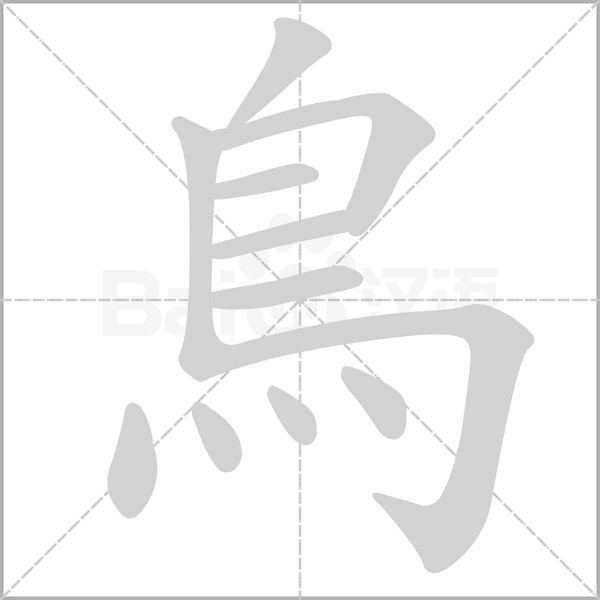
niǎo: bird
radical: 鳥
老婆 [lǎo.pó] N. wife. 我老婆是北京人。My wife is from Beijing.
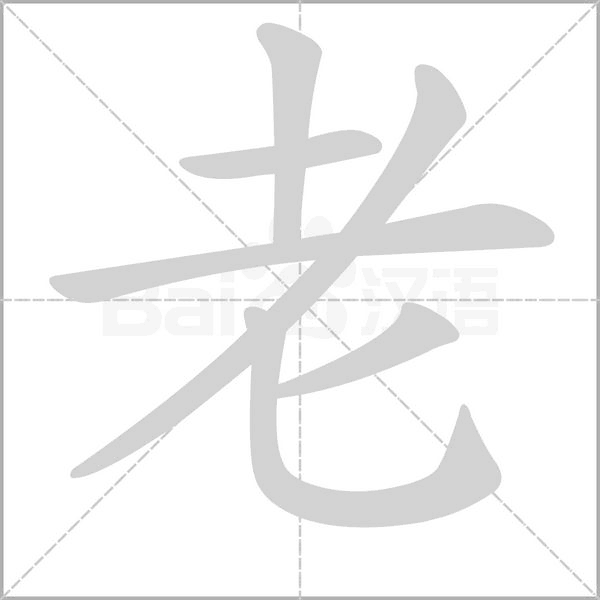
lǎo: [Prefix] (used for referring to people, ranking order, certain movements, etc.)
radical: 老、耂

pó: The character “婆” originally referred to elderly women in ancient times, and later evolved into an affectionate term for “wife,” carrying an intimate connotation.
radical: 女
老公 [lǎogōng] N. hubby. 我老公做飯做得很好。/ 我老公做饭做得很好。My husband is very good at cooking.

lǎo: [Prefix] (used for referring to people, ranking order, certain movements, etc.)
radical: 老、耂
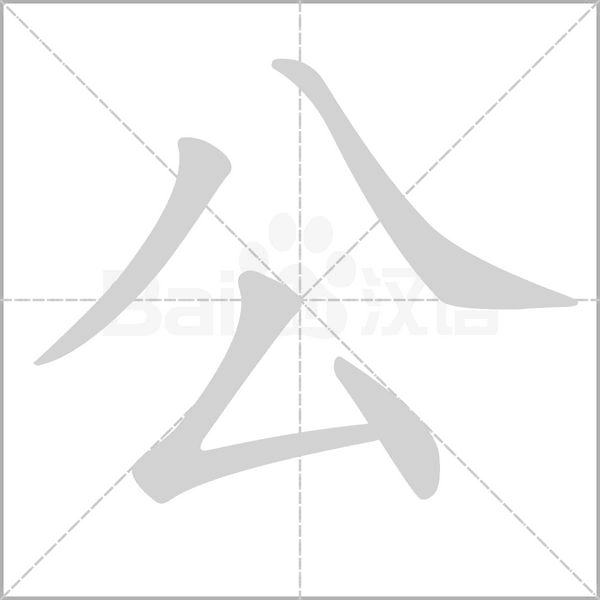
gōng: In ancient times, it was an honorific term for men or elders, which later evolved into an affectionate term for “husband.”
radical: 八
怕 [pà] V. to be afraid. 我怕他。I am afraid of him.
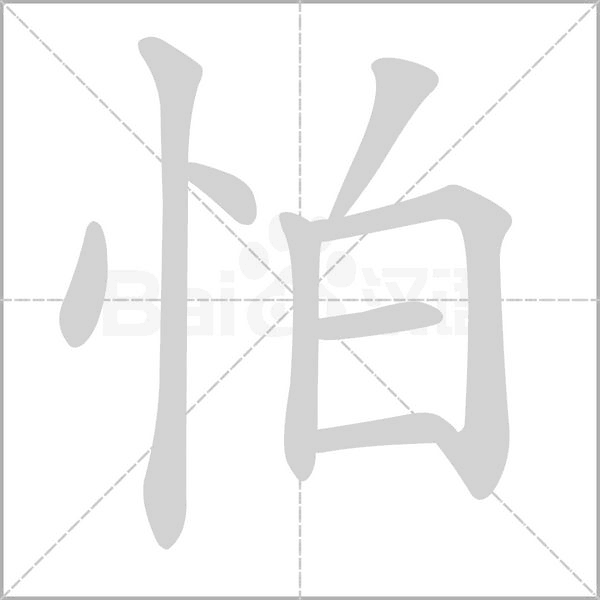
pà: fear
radical: 忄(heart)
一首歌 [yìshǒu gē] NP. a song. 我想唱一首歌。I want to sing a song.

yī: one
radical: 一
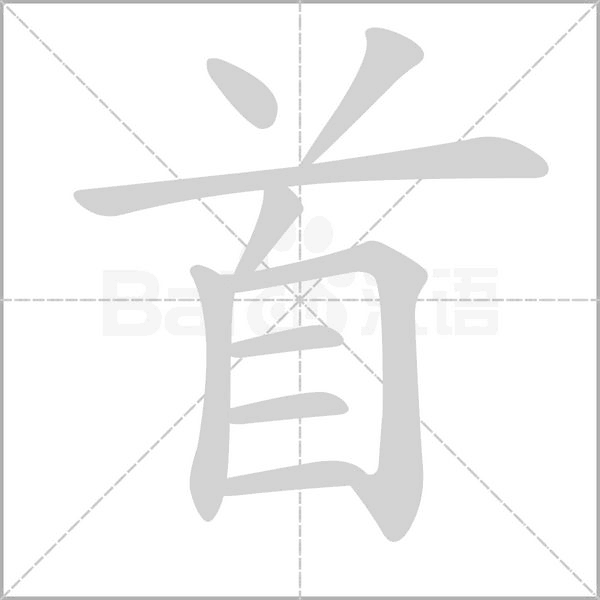
shǒu: A measure word used for songs.
radical: 首
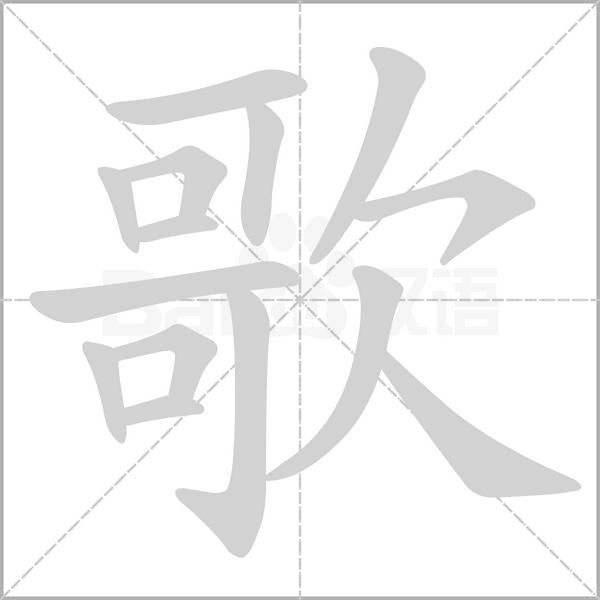
gē: song
radical: 欠
壞/坏 [huài] Adj. bad; exhausted. 他很壞。/ 他很坏。He is very bad.

huài: bad
radical: 土
擠/挤 [jǐ] V. to squeeze; Adj. crowd. 我不想擠車。/ 我不想挤车。I don’t want to squeeze onto the bus.

jǐ: crowd; pack; cram; push against; squeeze; press
radical: 扌(hand)
耳朵 [ěr.duō] N. ear. 你的耳朵好不好?Is your hearing good?
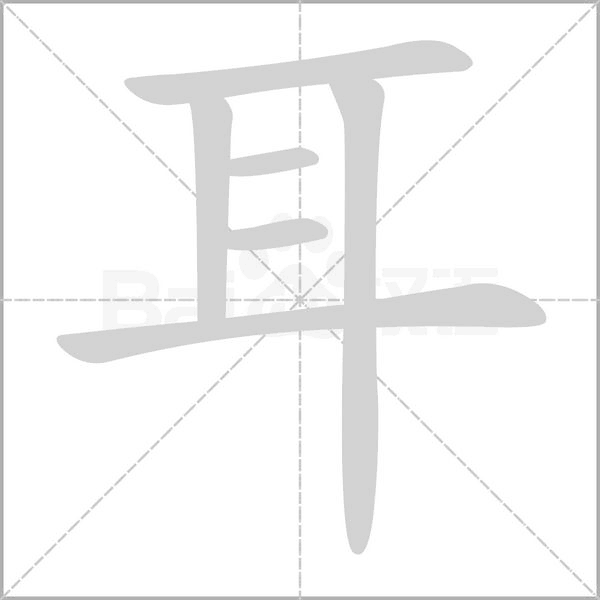
ěr: ear
radical: 耳
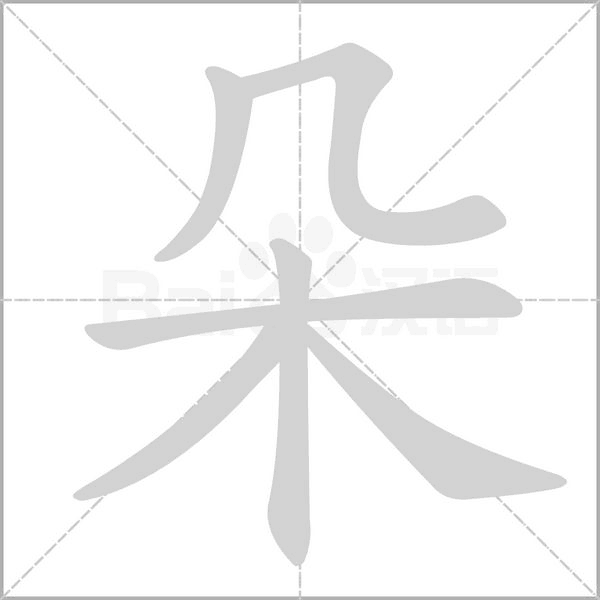
duo
The character “朵” in “耳朵” is typically a measure word for things like flowers or clouds, as in “一朵花” (a flower) or “一朵云” (a cloud). However, in the word “耳朵” (ěrduo, ear), it mainly serves as a phonetic component and combines with “耳” to form a disyllabic word.
radical: 木、几
勺子 [sháozi] N. spoon. 能給我一個勺子嗎?/ 能给我一个勺子吗?Can you give me a spoon?

sháo: spoon; ladle:
radical: 勹
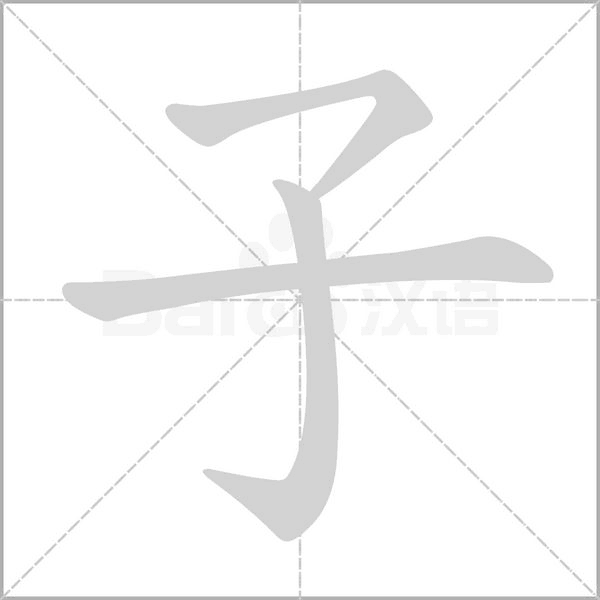
zi: A noun suffix with no independent meaning, used to form disyllabic words.
radical: 子
In Chinese, the character “子” (zi) often serves as a neutral-toned suffix to convert monosyllabic words into more rhythmically balanced disyllabic words (e.g., “句” → “句子” /jùzi/, “sentence”).
一雙手/一双手 [yìshuāng shǒu] NP. a pair of hands.

yī: one
radical: 一
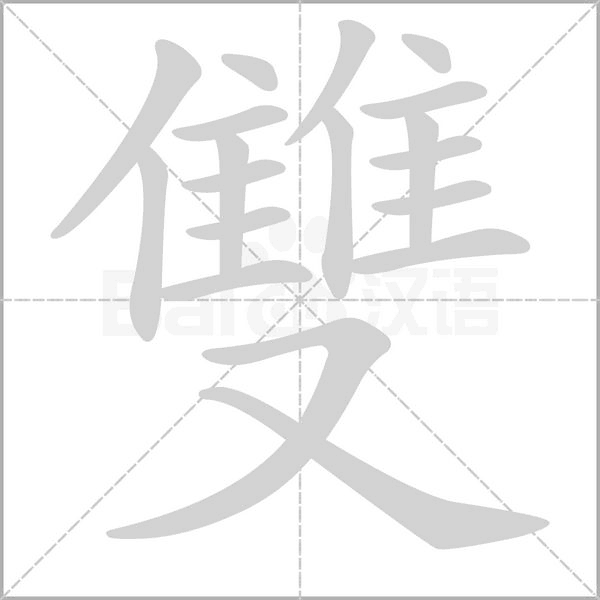
shuāng: pair
radical: 又
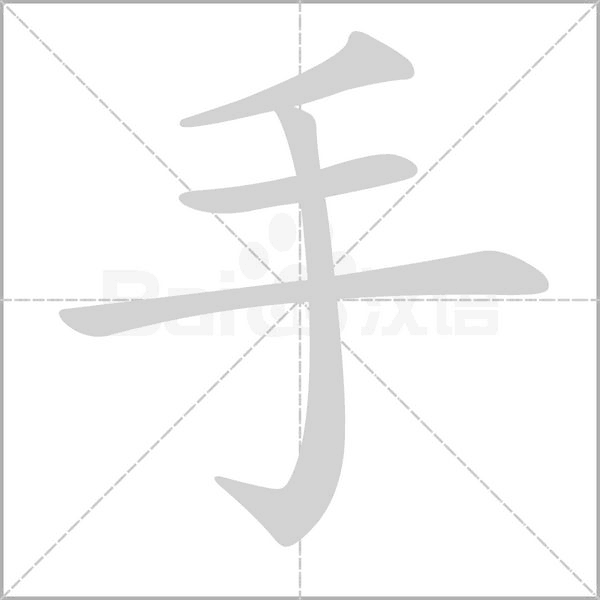
shǒu: hand
radical: 手
咱們/咱们 [zánmen] Pron. we/us (inclusive). 咱們什麼時候去吃飯?/ 咱们什么时候去吃饭?When shall we go eat?
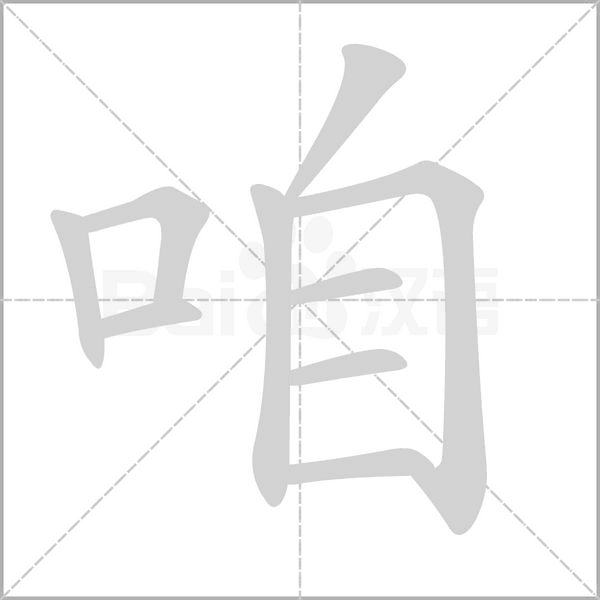
zán: we (including both the speaker and the person or persons spoken to)
radical: 口 (kǒu: mouth)

men: (Used after pronouns referring to people to indicate the plural form)
radical: 亻(rén: person)
年夜飯/年夜饭 [niányè fàn] N. dinner on New Year’s Eve. 咱們去哪兒吃年夜飯?/ 咱们去哪儿吃年夜饭?Where shall we go for the New Year’s Eve dinner?
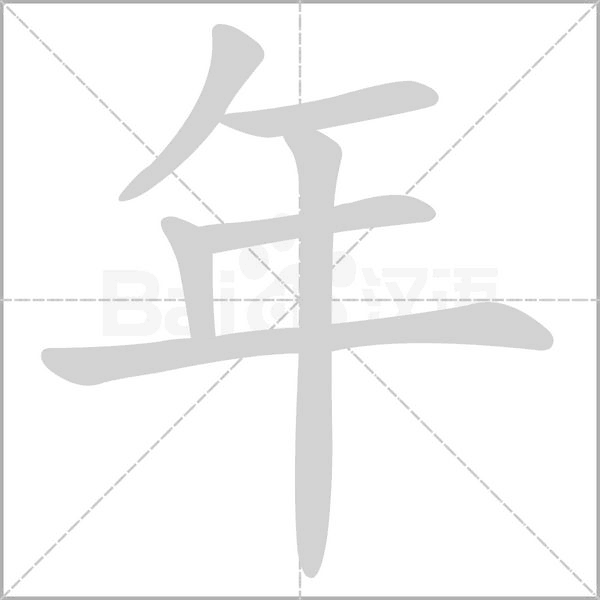
nián: year
radical: 丿
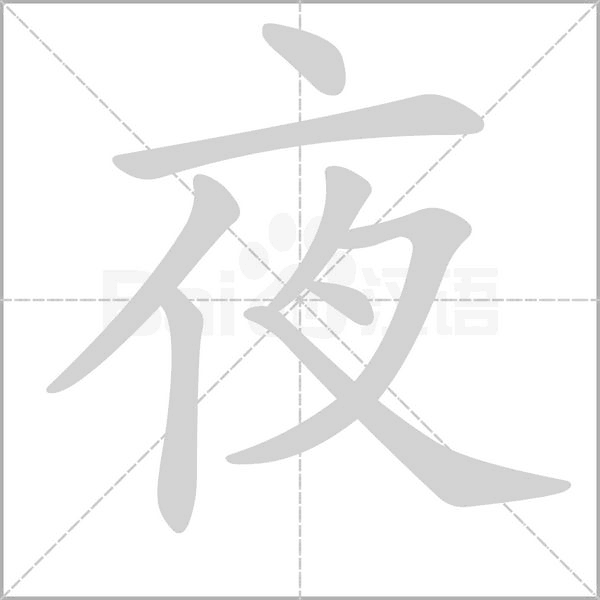
yè: evening; night
radical: 亠
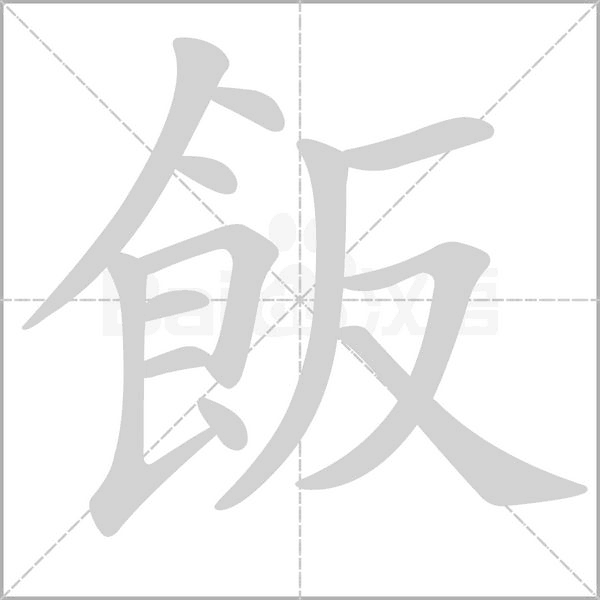
fàn: meal
radical: 食 (shí: food)
樹/树 [shù] N. tree. 我想在家門口種一棵樹。/ 我想在家门口种一棵树。I want to plant a tree at my doorstep.
